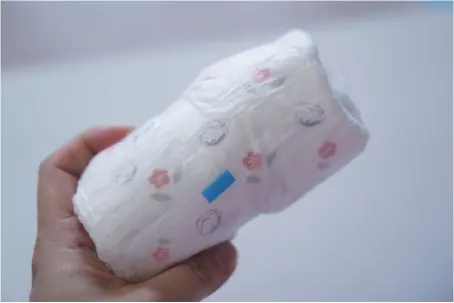With the gradual improvement of pull-ups performance, comfort has increasingly become an important basis for consumers to choose products. Products with poor comfort will not only seriously affect the baby's sleep, but also cause some damage to the skin. Analytical comfort is therefore an absolute necessity during production.
Comfort refers to a happy state in which a person is in harmony with the environment, physiology, psychology and physics. It is caused by the convergence of various properties to affect the physical and psychological sensations of the human body. In addition, it also involves human neural, thermophysiological and biomechanical characteristics, as well as human body sensations. Psychophysical processes, the dynamic energy and mass of the human body and clothing and environment communicate physical processes and mechanical interactions.
In the process of use, the fabric is in contact with the skin, and through stretching, compression, bending, friction, thorn and other effects related to mechanics, it stimulates various sensory neurons on the human skin, and transmits it to the brain through the human neural network as a channel to do the work. make a comprehensive judgment. The hardness and softness of the fabric are mainly related to the bending and shearing properties, the waxiness and smoothness of the fabric are closely related to the degree of friction, and the bulk and fullness of the fabric are mainly related to the compression parts in the thickness direction.

Contact temperature test: The fabric is in contact with the skin. Because the temperature of the fabric and the skin is different, there is a certain degree of heat exchange, which causes the skin temperature to rise or fall. Generally (the ambient temperature is higher than the skin temperature), the fabric temperature is lower than the skin temperature, so the fabric and the skin temperature are lower than the skin temperature. Skin contact tends to drop the skin temperature, which can be uncomfortable if the temperature drops (or rises) beyond a certain limit. Many scholars at home and abroad call it the feeling of warmth and coldness of fabric (clothing). The so-called warm and cold contact (or contact heat comfort) of the fabric refers to the judgment of the temperature stimulation of the human skin after the fabric is in contact with the skin. Because the fabric temperature is generally lower than the skin temperature, exposure to cold sensations is more frequent and common.
Bending performance test: Clothing fabrics are easy to bend, and are usually bent and deformed under the action of their own gravity. In order to eliminate the influence of gravity, the KES bending test conducts bending performance tests in the direction perpendicular to the gravity field, also known as pure bending test. During the test, the front of the fabric was first bent, the curvature was increased from 0 to 2.5, and then the deformation returned to the initial state.
Compression performance test in the thickness direction: The compression performance of the fabric in the thickness direction is closely related to the fluffy fullness and surface smoothness of the hand feeling performance.
Understanding the pull-ups comfort principle and its test method principle can help testers remove the factors that affect comfort according to different materials and different processes, so as to propose solutions more effectively.
Comment(0)
You can comment after
SIGN IN